Can the Conservatives do it again? The Tories have won four elections in a row but face a struggle to emulate that success next year. The Budget yesterday offered a taste of the Tories’ election pitch. But the government cannot escape some difficult numbers: Labour has led the Conservatives in the polls for more than 480 days. Keir Starmer’s party enjoys a current average poll lead of around 21 points.
If Rishi Sunak does defy these odds, his would be the first party since 1830 to win a fifth election on the trot. Back then, the Duke of Wellington was prime minister, the Slavery Abolition Act (abolishing slavery across the Empire) was a few years away and Stephenson’s Rocket had just made its debut. A Tory victory in 2024 seems unlikely – but, still, it would be a mistake to rule it out.
Sure, the Conservatives have engaged in multiple regicides, self-inflicted political injuries, hiked tax rates to their highest levels since the Second World War and have a pretty poor record of actually delivering anything. But that doesn’t mean they will definitely lose. The Conservatives have a strong track record of re-inventing themselves and the country generally is ‘right of centre’ on most issues; this is why 65 of the last 100 years have seen Conservative rule.
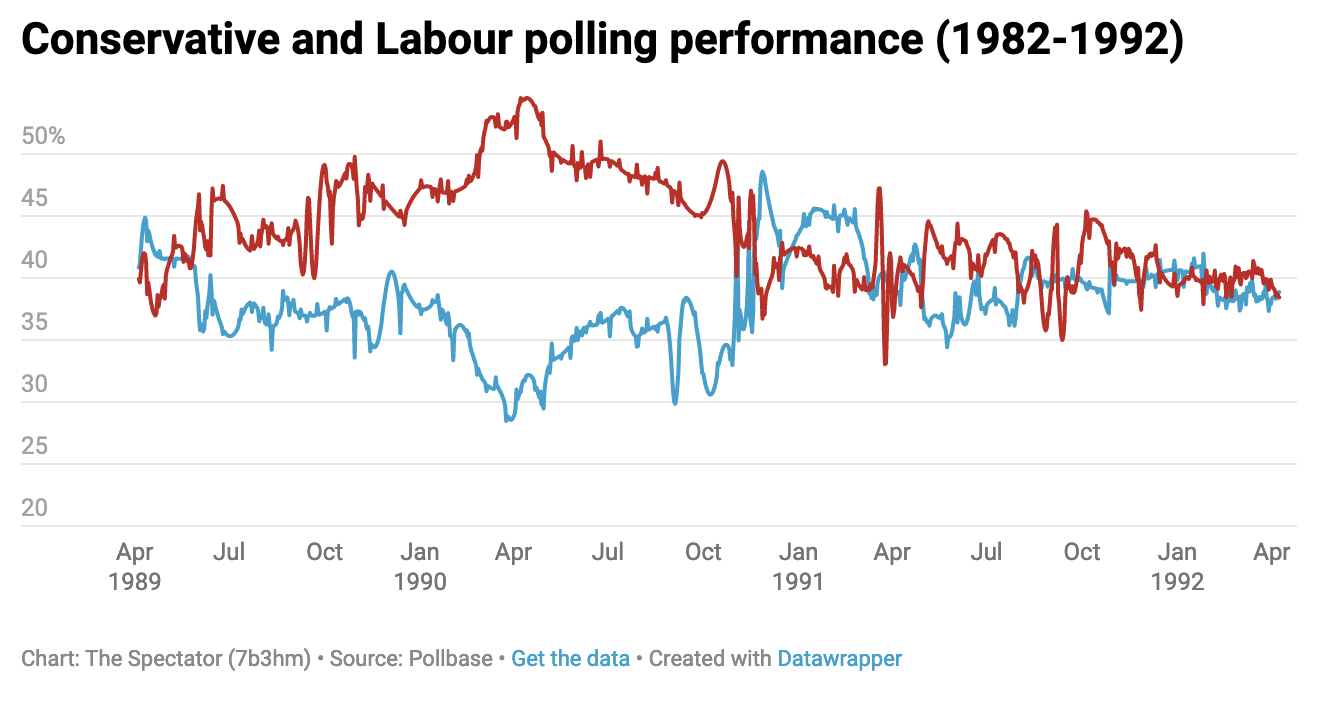
Sunak is such a contrast to Boris and Truss that he may be seen as a ‘fresh’ option
As Mark Twain famously said, ‘history doesn’t repeat itself, but it does rhyme’. The key question is whether the next election will be a rhyming verse of 1992, when John Major delivered a surprise win, or 1997, when Tony Blair landed an emphatic Labour landslide? Although the future is impossible to predict, there are a few reasons to suspect it may perhaps be more ‘92.
In the run-up to that general election, the Conservatives had been trailing Labour for 530 days with their lead reaching 25 percentage points in the spring of 1990. Margaret Thatcher had recently been removed from power, the salmonella egg scare had just happened, the poll tax chaos had caused a haemorrhage in voter support, Labour had picked up seats in by-elections and chancellors Nigel Lawson and Geoffrey Howe had resigned.
John Major – a somewhat dull and more technocratic leader – was installed as prime minister. There was a relatively shallow recession from the end of 1990 (until spring of 1993) and the ‘arms to Iraq’ scandal. However Major’s contrast to Thatcher was a strength – and he consistently outperformed his party in the polls. Neil Kinnock had also been in an almost continual battle with the far left of his party ‘Militant’ from which he had to wrestle back control. Sound familiar?
Despite 13 years of Conservative rule, John Major managed to deliver another victory for his party – although with a 81 seat cut to his majority – and secured more votes than any party leader had ever won. In Steve Richards’s book The Prime Ministers We Never Had, he puts Kinnock’s failure down to a constantly hostile media, the huge size of the Conservative majority, Kinnock’s length of time as Opposition Leader, a lack of a clear mission, his increasingly technocratic media performances and the proposed ‘tax bombshell’ that was rooted in Labour’s shadow budget.
There are some important differences though. Major’s party saw a clear poll bounce once he was installed as PM, which has been absent for Rishi Sunak. By the time Major took over there had only been one previous Conservative leader, Mrs Thatcher. In the last decade, the Conservatives have seen off Cameron, May, Johnson and Truss. And Major’s Conservatives positioned themselves unashamedly as ‘low tax’, which can hardly be said of Sunak.
However, according to YouGov, Sunak’s popularity has risen by 13 per cent over the last four weeks and is its highest since November 2022 – although he’s still 10 per cent behind Starmer. But there is still some hope for Sunak: 24 per cent of people don’t know who would make the best prime minister. On average, the last three polls (that include ‘don’t knows’) show 19 per cent of people are not sure who to vote for if an election was called today. This suggests that the Labour vote is grounded in a revulsion against recent chaos, rather than a love for Starmer and his message; he is, after all, hardly the highly charismatic, charming and energetic Tony Blair.
The top three issues for voters (according to Redfield & Wilton) are the economy, the NHS and immigration. Traditionally the Conservatives would comfortably win on two of these three but have clearly damaged their reputation. Given Sunak’s surprise and widely welcomed Northern Ireland deal, his new ‘Small Boats Bill’ (which annoys all the right people from the Conservatives’ perspective) and successful meeting with French president Emmanuel Macron he is slowly trying to rebuild a reputation for delivery and competence.
The upcoming local elections may also not be as bad as some suggest, given that most of the seats up for re-election were decided three years ago when Theresa May was floundering with Brexit and starting to crash in the polls.
Electoral politics in Scotland has also been transformed since Labour were last in power due to the independence referendum and the dominance of the SNP and boundary changes. When Blair took office in 1997, he won 56 seats in Scotland compared to six for the SNP. Today, Labour have an abysmal one seat and are still lagging significantly in polls north of the border.
The Prime Minister has set out five priorities against which to judge him: halve inflation; grow the economy; reduce debt; cut NHS waiting lists; and stop the boats.
The first of these is likely to happen pretty much automatically: inflation is calculated year on year and 2022 saw near record highs. Recent news has shown the UK economy has grown more than expected and is set to avoid a recession. As for the NHS, waiting lists could hardly be much worse so can only realistically go in one direction. And the new bill introduced this week – and the meeting with Macron – are sending the right noises on immigration. This crackdown on Channel boats may (the Conservatives will hope) show results by the next election.
But what is clear is that in 12 months’ time, the Prime Minister will surely stand up and say he has delivered and has restored competence to the government – something the public desperately wants.
Sunak is also such a contrast to Boris and Truss that he may be seen as a ‘fresh’ option. The Conservatives also have a powerful weapon to use against ‘slippery’ Starmer: they can hammer the Labour leader for saying one thing to get selected as opposition leader, and then junking virtually all ideas once in. They will revert to the ‘tax bombshell’ and ‘in the pocket of the SNP’ arguments that worked well for them before and still have potency with the electorate.
So, a word of warning to those writing off the Conservatives: don’t be so sure. The Brexit referendum result took many by surprise. So, too, did the rise – and fall – of Boris Johnson. When Boris triumphed in 2019, we were told the Tory leader would ‘dominate politics for a decade’. Three years later, he was gone. It’s true that an election triumph for Sunak’s Tories might seem unlikely – but it’s probably more likely than many people might think.
Got something to add? Join the discussion and comment below.
Get 10 issues for just $10
Subscribe to The Spectator Australia today for the next 10 magazine issues, plus full online access, for just $10.

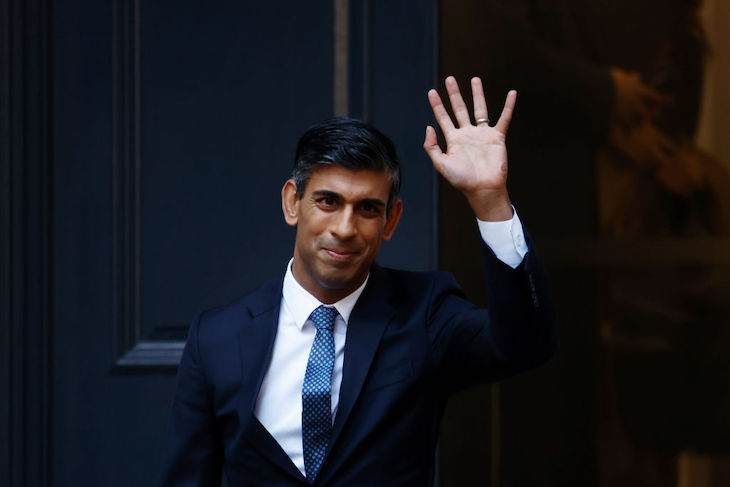
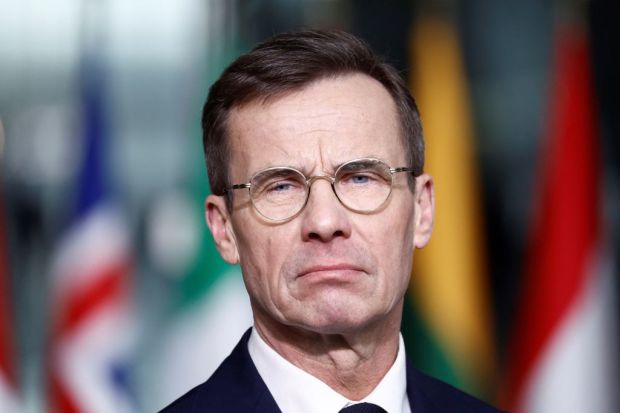
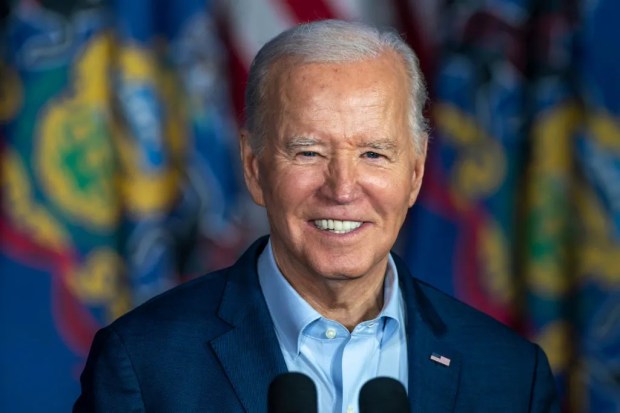
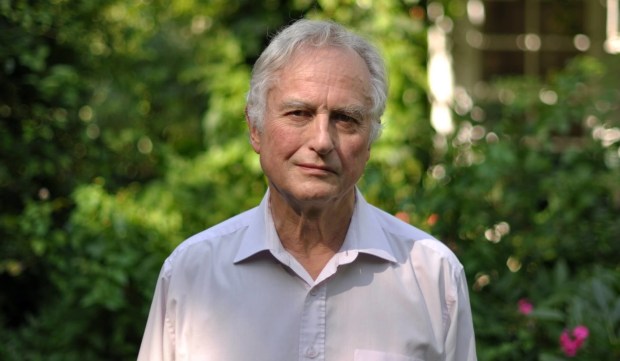
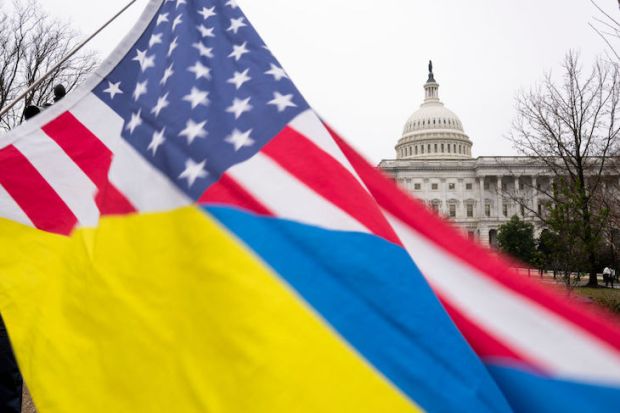
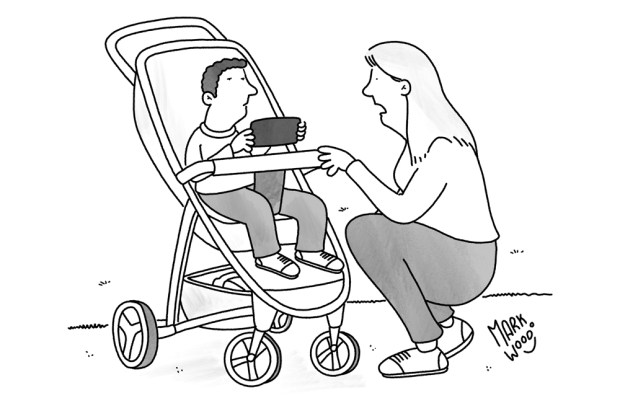

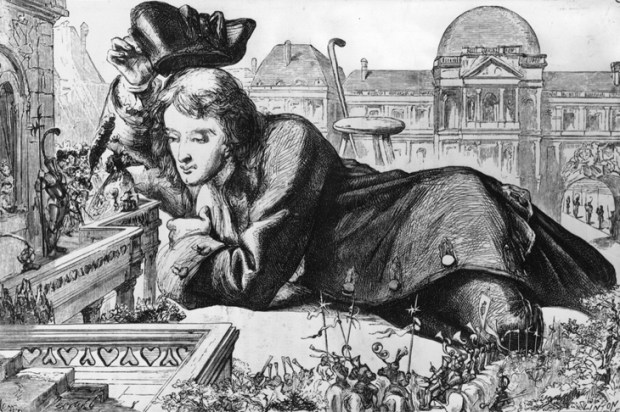
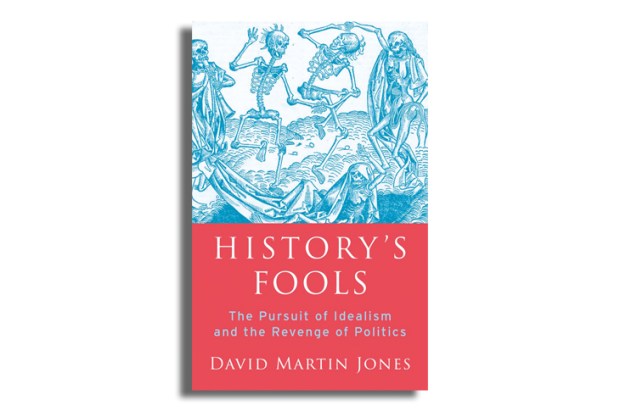




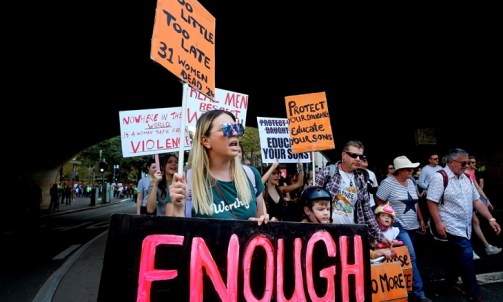
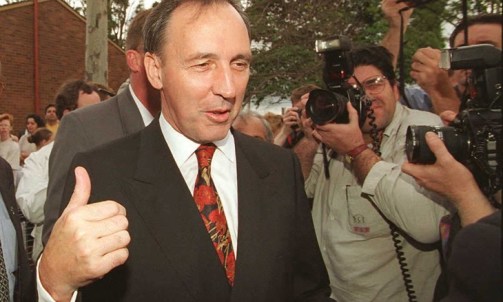
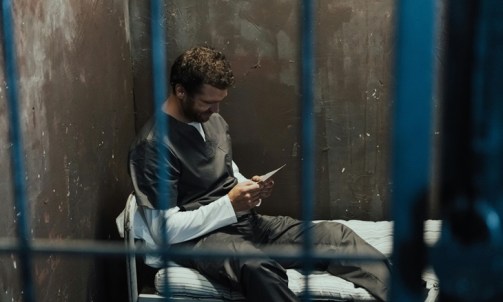
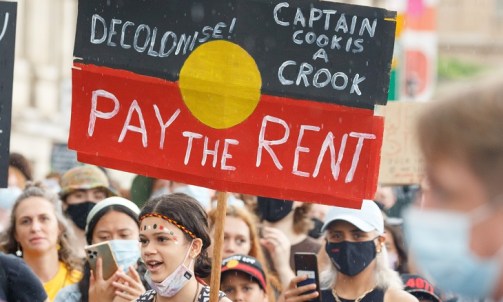


Comments
Don't miss out
Join the conversation with other Spectator Australia readers. Subscribe to leave a comment.
SUBSCRIBEAlready a subscriber? Log in